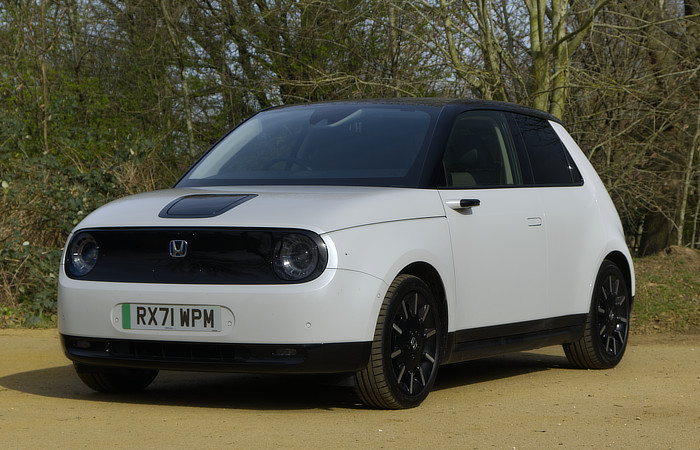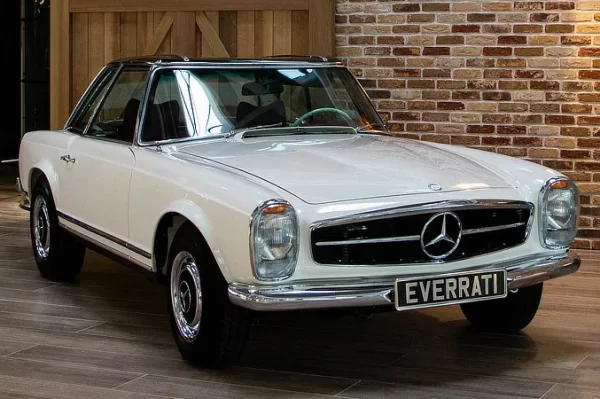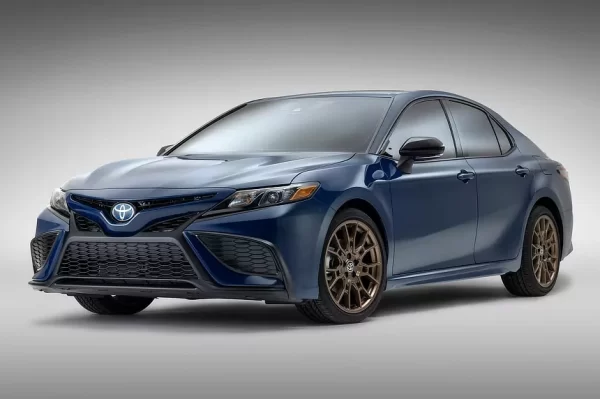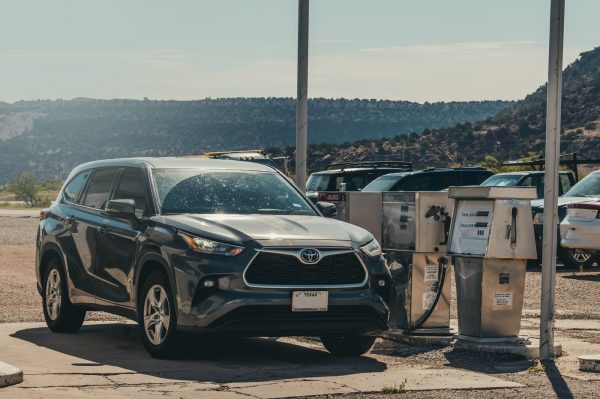The Honda E is everything Honda isn’t. Honda is about conservative design, solid, robust, and reliable engineering. From the appealing exterior design to the zany tech overkill interior, the Honda E demonstrates flair in a manner no other Honda has shown before. This is Honda adopting a punk rock persona, this is Honda’s first pure-electric car. Admittedly late to the electric car game, you get the sense that Honda has put a lot of energy into every area of the E. The exterior design language is an instant winner, no need to say much more because it does all the talking.
The Honda E is available in two “Grades” the 134bhp Honda E and Honda 152bhp E Advance. Prices start from £34K for the entry-level E and jump to £36K for the E Advance. A single electric motor drives the rear wheels, power is supplied by a 35.5 kWh lithium-ion battery which is good for an official range of 137 miles. Performance is respectable, the 0-62 time takes 8.3 seconds and the top speed is 90mph.
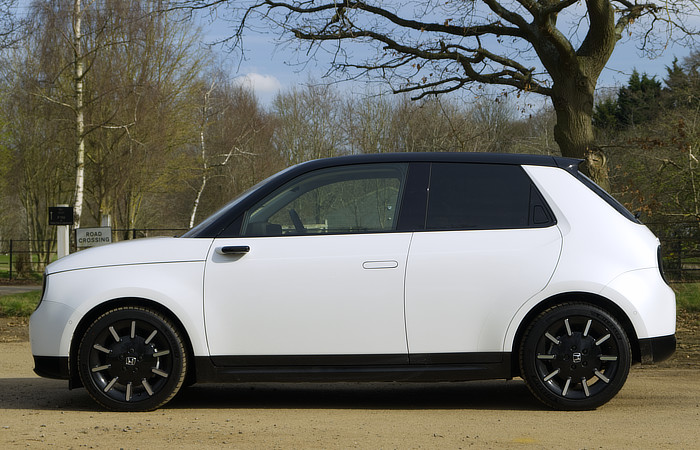
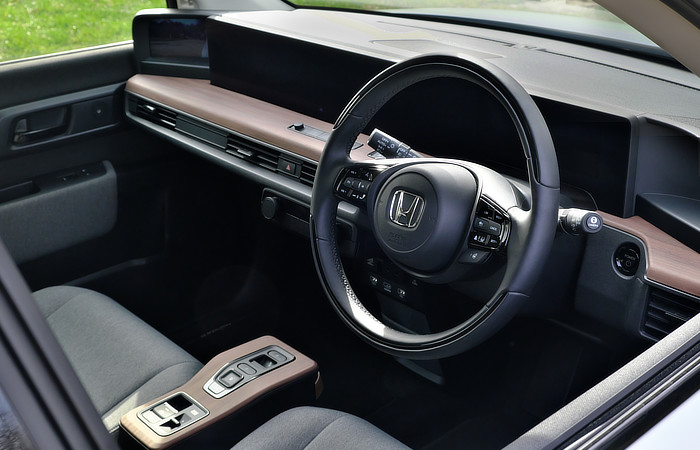
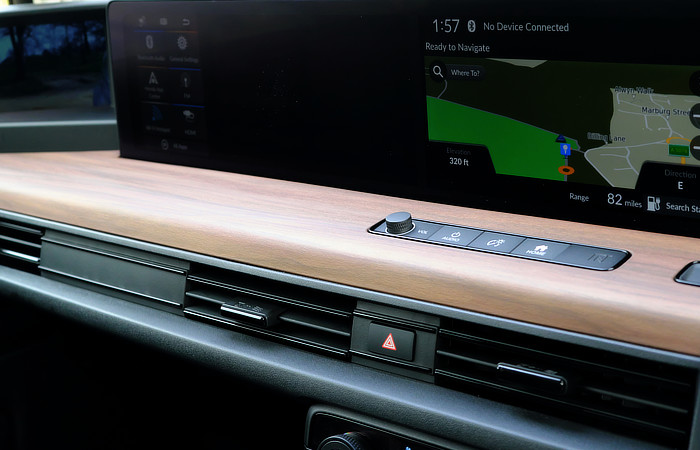
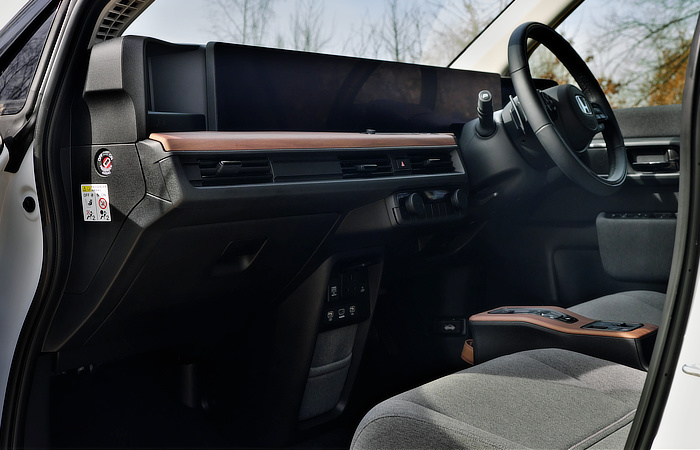
Honda has clearly made a lot of effort into making the infotainment system easy and intuitive to use. The graphical presentation alone is nothing like Honda has ever offered before because it feels like next-level user experience design, more smartphone than glitchy Honda infotainment systems of yore.
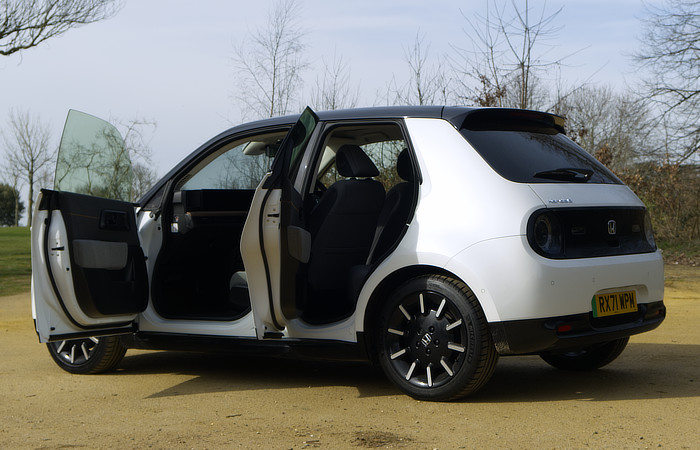
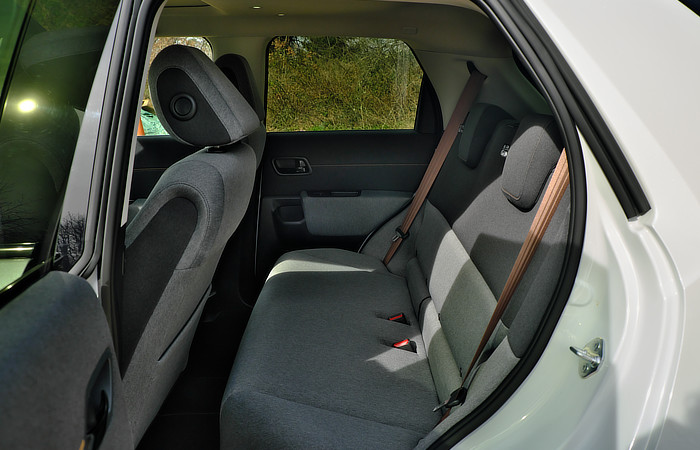
Performance is plenty fast enough. The E Advance on test delivered 154 bhp and 315 Nm of torque from its electric motor. Power delivery is instantaneous and gets you from 0-62mph in a respectable 7.5 seconds. Floor the throttle and the manner in which the power is delivered makes the Honda E feel faster than it actually is.
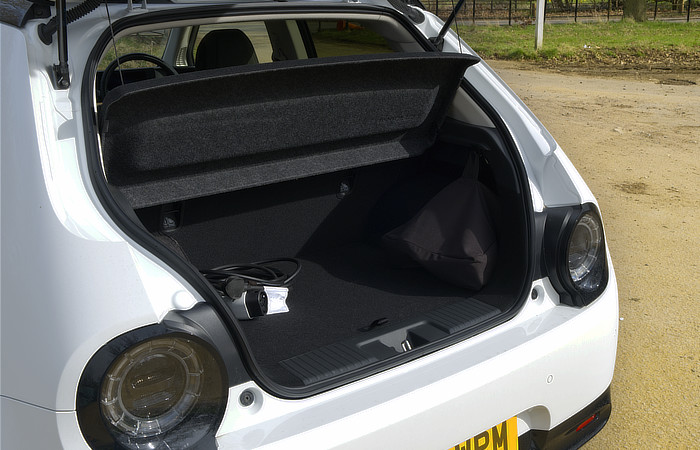
Equipment levels are very high, you get a full suite of modern safety features, in addition to a heated steering wheel, heated front seats, air con etc. There are no conventional side mirrors, Honda has gone full-future with the introduction of their Side Camera Mirror System. The exterior side mirrors are stalk-like in appearance with the camera embedded into them.
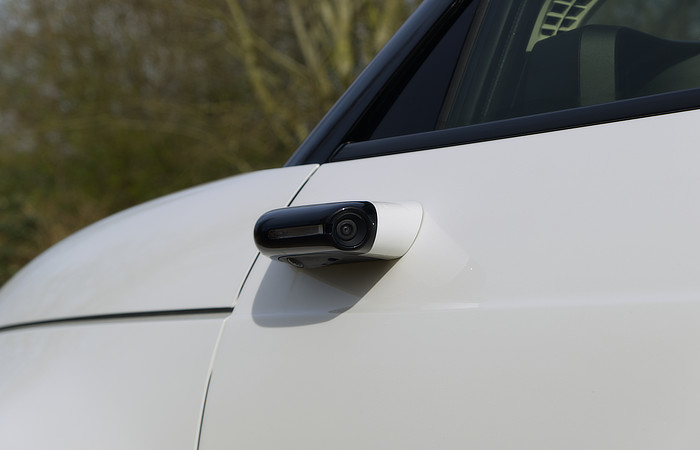
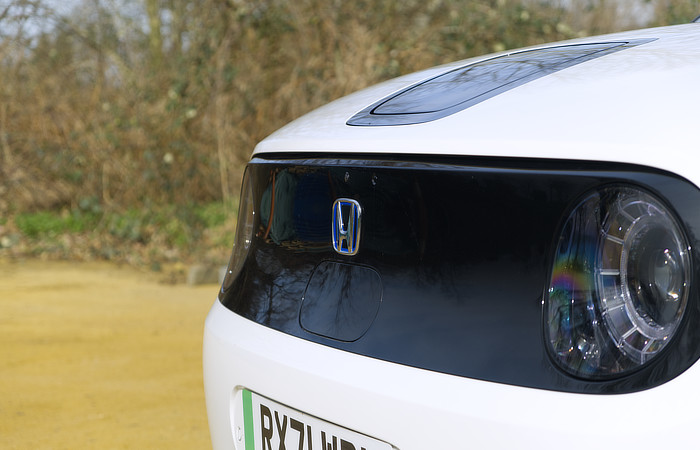
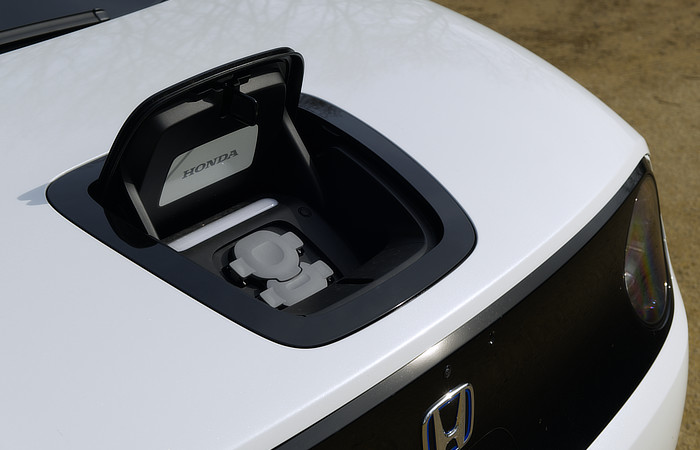
Indeed the Supercharger network is growing, you can easily plan a 100-mile round trip and find a fast charger waypoint. But I found the network to be somewhat dysfunctional and located in some odd places. If you are going to use the Honda E on a 160-mile round trip, it’s best to plan your journey ahead with fast-charger stop-overs. Even when you do there is no guarantee that a fast-charging station will be fully functional.
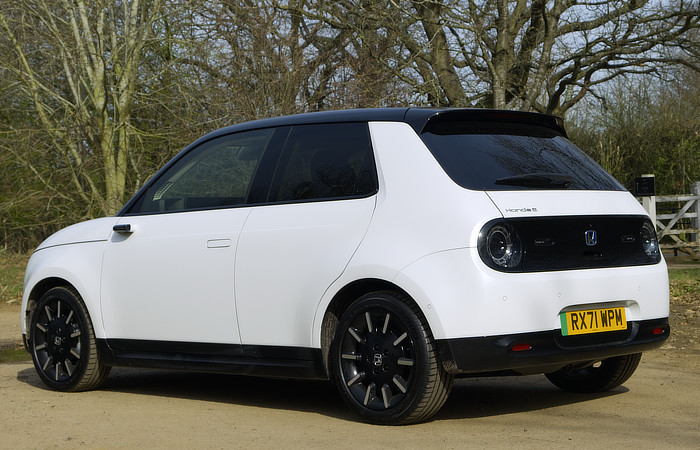
A fully charged Honda E, according to official figures, is 120 miles, the real range was actually 90 miles. Switch on the heater and the range will instantly drop by 10 miles. Switch off the heater and you get your 10 miles back. For some reason, the Honda E could no longer accept fast charging, so I was restricted to a maximum charge rate of just 11 kW, good for overnight charging, but not so great if you are embarking on that 160-mile round journey.
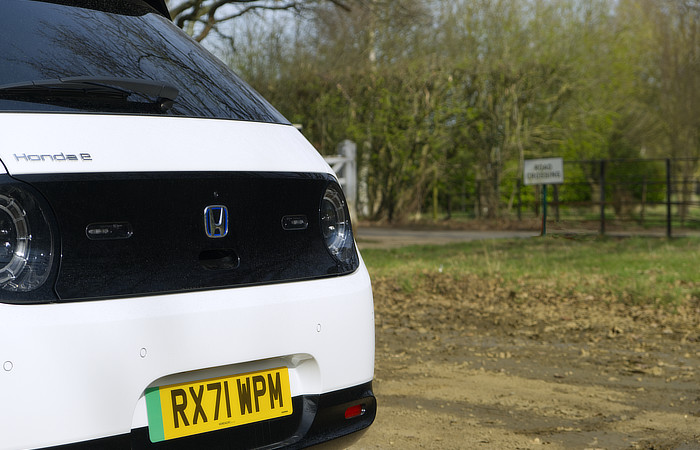
The Honda E is not suited to journeys longer than a 60-mile round trip. It is much better suited to short journeys, driving around a city or town. Then you will be able to make use of the regenerative braking more often which makes the batteries happier and keeps the range constantly topped up by about a mile or so. Drive the Honda E like a sports car and you will drain the batteries quicker than a relapsing alcoholic.

All in all I really liked the Honda E. From a design point of view it belongs in a design museum. For Honda, it is a statement as much as it is a statement of intent. It has been perfectly executed, but it isn’t perfect. It simply needs more range. This can be achieved through software gains, more efficient powertrain tech and batteries. The charging network is great when it is working, but at the moment it is rather dysfunctional.
